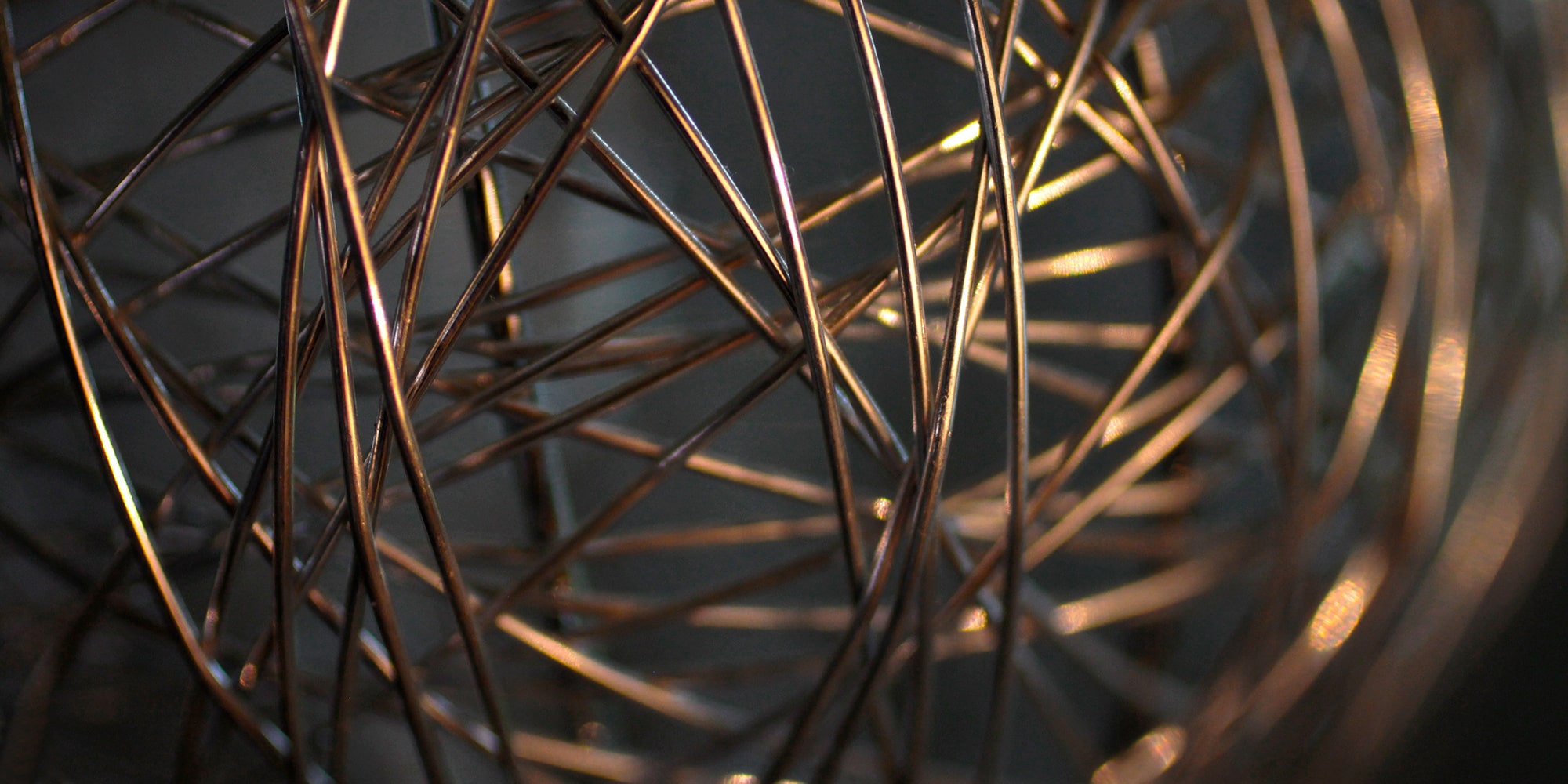
General assessment – 2
Polarities, ambivalences and conflicts
If we take the human personality in its wholeness, we find different polarities which modern psychology has studied extensively, therefore deepening the knowledge of the human soul and laying the foundations of important psychagogic, educational and psychotherapeutic applications. The main ones are: body / psyche; conscious / unconscious; higher unconscious / lower unconscious; inactivity-sensitivity-receptivity / activity-dynamism-will; extroversion / introversion; aspiration / inspiration; feeling – “heart” (Eros) / mind-reasoning (Logos).
The concept of polarisation is defined by Assagioli (Finotti, 2000) as one of the most useful keys for the understanding of ourselves, others, mutual relationships, populations, ages, cycles, and also as the most important secret of life. The principle of polarity – and the consequent, inevitable and physiological ambivalence of individuals in various situations of their lives -, can cause conflicts of different nature. Therefore, it is necessary to be able to identify the diverse types of conflict and their characteristic (bio-psychological, psychological, moral, transpersonal, etc.), since the solutions to take into account must be different (Alberti, 2016).
Assagioli makes a first fundamental distinction between external conflicts (or inter-personal) and internal conflicts (or intra-personal) and a second distinction in relation to their level: psychological conflicts, moral and spiritual. From his part, Alberti claims that, with reference to the Assagiolian Egg diagram, we can distinguish different types of conflicts by taking into account their direction, their space-time dimension and the relations between the conscious and the unconscious:
| Involutional conflicts |
linked to the repression of contents in the lower unconscious (individual and collective); in general, they have a regressive direction |
| Evolutional conflicts | linked to the repression of contents in the Higher Unconscious (individual and collective); the individual tends to resist their re-emergence. These contents are generally “physiological”; therefore their surfacing must be encouraged and the individual has to be helped to develop through the conflict itself |
| Current conflicts | linked to the presence in the middle unconscious of contents (individual, inter-personal and collective) which tend to easily access consciousness, resulting in a conflict in the present (the “here and now”) between a wide range of contents and the unifying and synthesising ability of the “I” |
| Mixed conflicts |
linked to the simultaneous presence of various conflicts (involutional and evolutional); this is, in fact, the most frequent situation |
Another method for differentiating the variety of conflicts, depending on their type of evolutional level, can be partitioning them in sub-personal, personal, interpersonal, transpersonal, and para-personal conflicts:
| Sub-personal conflicts |
they are linked to contrasts and lack of harmony and synthesis with parental figures, and they can be resolved through the establishment of a harmonic and valid relation of trust with a parental You (real or substitutive); in this way, the individual can build a sufficient “dependent identity” |
| Personal conflicts |
they are linked to contrasts and lack of harmony and intra-psychic synthesis; they can be resolved through a personal effort, aimed at the realisation of the personal self or “personal identity” |
| Interpersonal conflicts |
they are linked to contrasts and lack of harmony and synthesis with others and society, and they can be resolved at that level through the realisation of Us or of “interpersonal and social identity” |
| Transpersonal conflicts |
these conflicts are caused by the friction between the ordinary personality and the emerging contents of the Higher Unconscious. They can be resolved only at that level, through the fundamental experience of the Self (or “transpersonal identity”) |
| Para-personal conflicts |
this type of conflict also deserves to be mentioned, and it is linked to the friction between the “I” and the para-psychological contents and faculties; it can be resolved through the strengthening of the conscious “I” and its ability to disidentify, through the mastery of such faculties and their utilisation (conscious and deliberate), or, according to circumstances, their removal |
All these conflicts must be considered “existential”, which means that they are experiences that every human being might come across (and in fact this often happens) in the course of their lives, therefore they cannot be pathologised. Assagioli[1] himself claims that we can live well with some conflicts, as long as they are recognised, accepted, and endured: it is natural to have conflicts. Obviously, sometimes this can create distress and suffering, but it does not necessarily produce symptoms. Symptoms are instead generated when the conflict is repressed or pushed into the unconscious; when it is too intense, even if conscious; or when we assume a divisive behaviour because we do not want to acknowledge the conflict, or when we become depressed, perhaps perceiving a sense of inferiority, as if others wouldn’t have conflicts or theirs were worse.
[1] R. Assagioli cit. in B. Caldironi, L’uomo a tre dimensioni, op. cit., (p. 58)
For more:
- The Way of Psychosynthesis – Synthesis Insights (Part 4, Ch. VI, pp. 281-291)- Buy now
- Know, Love, Transform yourself (Vol. I) – Psychosynthesis books (pp. 107-111) – Buy now
- Know, Love, Transform yourself (Vol. II) – Buy now
